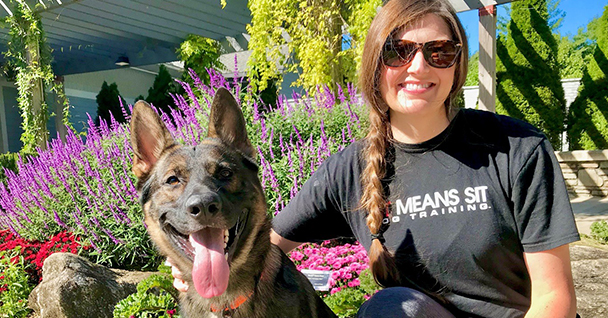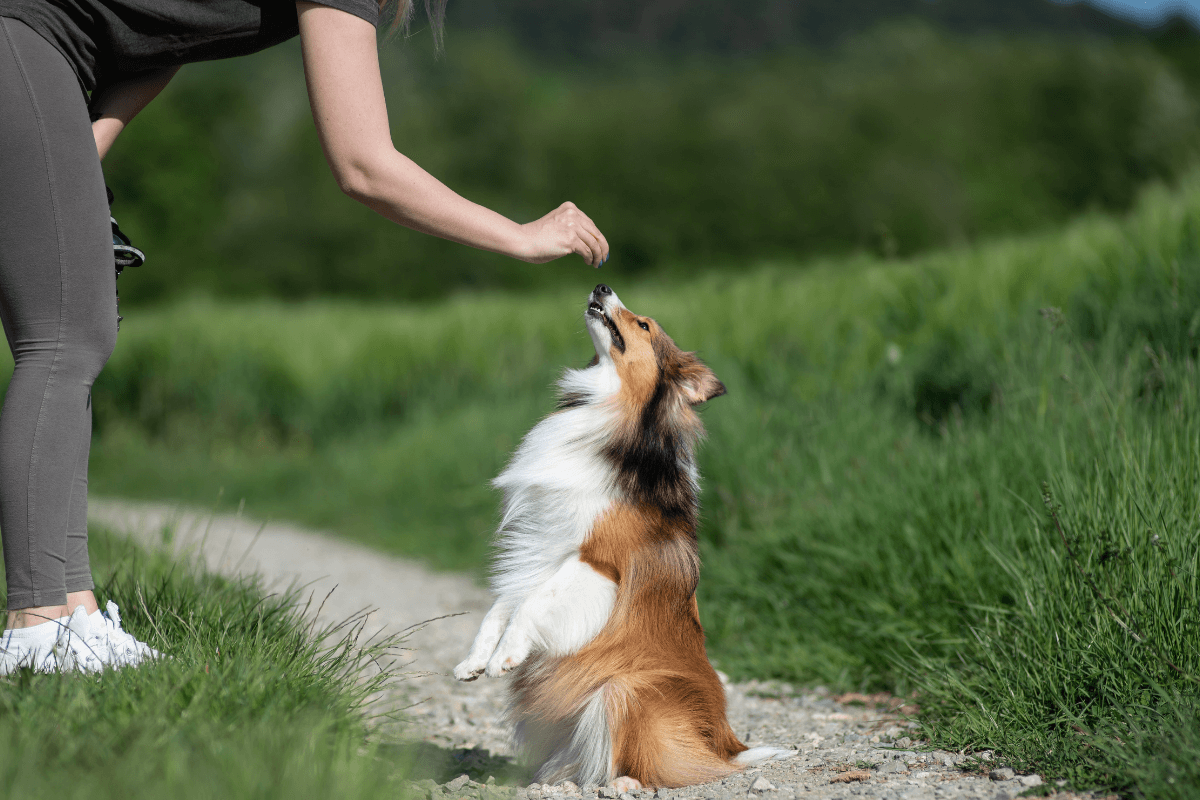Exactly how to Pick the Right Technique for Successful Dog Training
Exactly how to Pick the Right Technique for Successful Dog Training
Blog Article
Essential Tips for Successful Dog Training: A Guide for Pet Owners
Reliable canine training is a multifaceted process that needs a calculated approach customized to both the family pet's temperament and the proprietor's goals. Recognizing how to navigate these obstacles can significantly boost the training experience, inevitably changing the connection between proprietor and dog.
Understanding Canine Behavior
Recognizing canine actions is necessary for efficient training and fostering a harmonious partnership between pooches and their owners. Pet dogs communicate mostly through body movement, vocalizations, and actions, making it vital for owners to translate these signals precisely. Identifying a canine's pose, tail placement, and ear alignment can give insights into its emotion. For instance, a wagging tail does not constantly indicate happiness; it can likewise signify excitement or stress and anxiety.

Socializing plays a considerable duty in pet dog actions; exposure to different environments, people, and other pets can substantially impact a canine's personality. In addition, factors such as breed attributes and individual character ought to direct training methods, as some breeds might have particular behavioral attributes that demand tailored techniques. By understanding these components, owners can create a helpful environment that motivates positive behavior, bring about successful training end results and a deeper bond with their pet dogs.
Establishing Regular Commands
Efficient interaction with your pet dog begins with developing consistent commands. This fundamental element of training is critical for fostering understanding between you and your pet. Consistency in the commands you use ensures that your canine can dependably associate specific words or phrases with the preferred actions.
When selecting commands, select clear, unique words that are simple to state and distinguish from one another. Stay clear of using similar-sounding commands that may perplex your pet dog. For instance, utilizing "rest" and "remain" is appropriate, however "sit" and "hit" might cause misconceptions.
Furthermore, keep the very same tone and volume for each and every command. Canines are delicate to singing signs, so differing your tone can create complication.
It is just as crucial to make sure that all household participants are on the same web page pertaining to the commands utilized. A united front in command usage will certainly avoid mixed signals and enhance the understanding process.
Favorable Support Techniques
The power of favorable reinforcement in pet training depends on its capability to encourage wanted habits through benefits and appreciation. This method is grounded in the principle that behaviors adhered to by positive outcomes are most likely to be duplicated. By integrating favorable reinforcement right into your training program, you can successfully shape your dog's habits in a constructive way.
To implement favorable reinforcement, it's vital to determine what motivates your pet dog, whether it be deals with, toys, or spoken appreciation. When your canine executes a preferred activity, such as sitting on command, immediately award them with a treat or affection. This association between the command and the favorable outcome enhances their understanding.
It's crucial to timing the rewards appropriately; delivering the reinforcement within secs of the desired actions assists your pet make the connection (dog training). Furthermore, uniformity is vital-- make certain that all relative make use of the same commands and benefit systems to prevent confusion
:max_bytes(150000):strip_icc()/a-dog-trainer-giving-a-hand-command-to-black-labrador-dog--1153579373-cb14c8fb30724468a702c972910c6f2a.jpg)
Gradually, you can decrease the frequency of deals with as your dog learns the habits, transitioning to commend or recurring benefits. This method not only promotes a strong bond between you and your pet dog yet also promotes a positive discovering setting, making educating a delightful experience for both.
Socialization and Interaction
Regularly subjecting your canine to a range of settings, individuals, and various other pets is crucial for their social development. Socializing ought to begin early, ideally during the crucial window of 3 to 14 weeks, when young puppies are most receptive to new experiences. However, older pets can also gain from ongoing socialization efforts.
Present your pet dog to various settings, such as parks, pet-friendly stores, and city areas. This exposure helps them adapt to different stimulations, reducing anxiousness and anxiety feedbacks. Urge positive communications with other canines and people, ensuring that these experiences are risk-free and controlled to promote confidence.
Make use of organized playdates with well-mannered pets, as this can improve your dog's social skills and educate them suitable actions. Obedience classes and training sessions also supply outstanding opportunities for socializing, allowing your pet dog to interact with others in a monitored environment.
Display your canine's body movement during interactions, as this will certainly help you gauge their convenience degree. Slowly raise exposure to even more challenging scenarios while guaranteeing that each experience is favorable. A well-socialized dog is most likely to display balanced behavior, making them a happiness to have in any setup.
Attending To Usual Training Challenges
Every pet dog proprietor will experience training obstacles eventually, regardless of their pet dog's age or socializing level. Determining common concerns such as stubbornness, disturbances, and fearfulness can assist in creating efficient strategies for enhancement.

Interruptions throughout training sessions can thwart focus. To combat this, begin training in a silent setting with marginal stimuli. Gradually introduce interruptions as the pet dog ends up being a lot more skillful in commands. Short, frequent training sessions are likewise reliable in preserving interest.
Terror can impede a canine's understanding process. Progressive desensitization to the source of fear, coupled with favorable find more support, can assist relieve stress and see here anxiety. Persistence is important; never force a canine into a scenario that triggers distress, as this might aggravate the issue.
Eventually, understanding and addressing these usual difficulties with a structured strategy will certainly foster a much more effective training experience, reinforcing the bond in between pet and proprietor while promoting efficient learning.
Final Thought
In summary, effective dog training relies upon a comprehensive understanding of canine actions, the establishment of consistent commands, and the application of positive support techniques. Socializing plays an important function in creating well-adjusted pets, while resolving usual training obstacles needs perseverance and adaptability. By implementing these essential strategies, pet dog owners can foster a solid bond with their dogs and promote preferable actions, inevitably bring about a harmonious partnership in between people and their canine buddies.
Recognizing pet actions is important for effective training and cultivating an unified partnership between pooches and their proprietors.Socialization plays a considerable function in pet dog behavior; direct exposure to various atmospheres, individuals, and other pets can significantly influence a pet's temperament.The power of favorable support look what i found in canine training lies in its ability to urge wanted habits through benefits and appreciation. By incorporating positive support into your training routine, you can effectively shape your canine's habits in a positive fashion.
In recap, effective dog training counts on a comprehensive understanding of canine habits, the establishment of constant commands, and the application of positive support methods.
Report this page